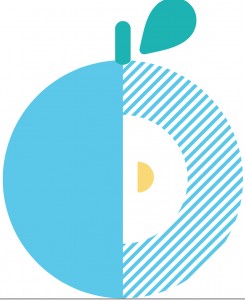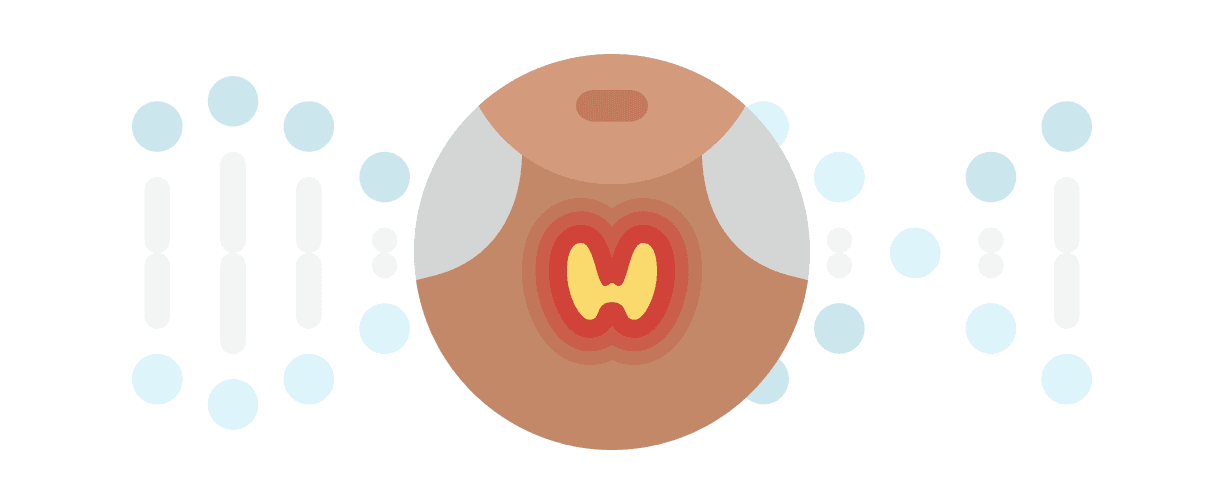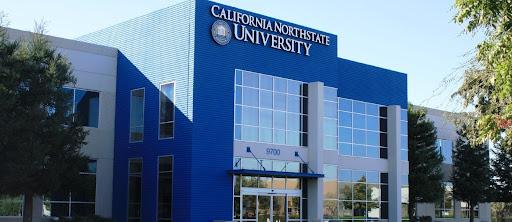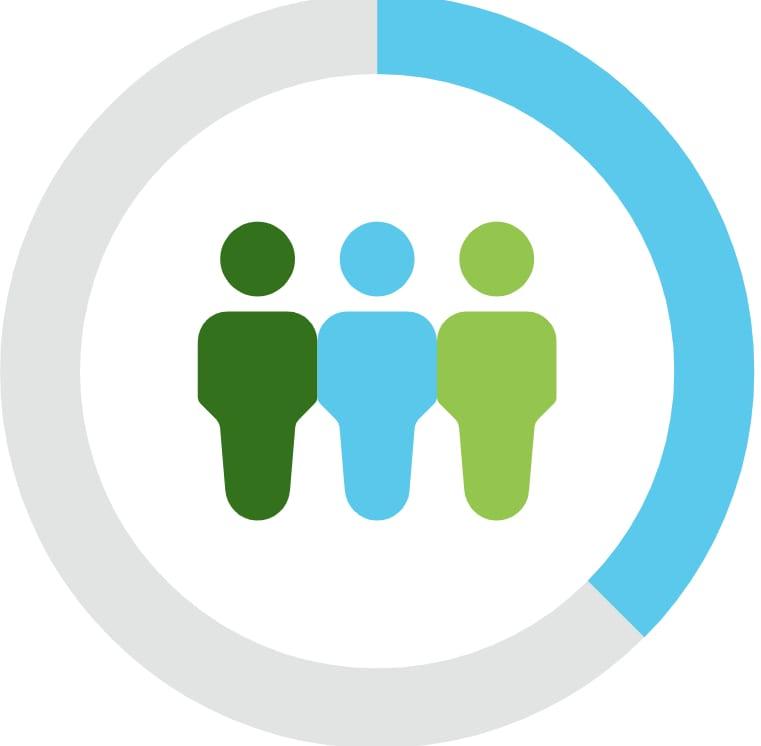To teach his students a powerful lesson in genetics, Bryant McAllister, an associate professor of biology at the University of Iowa, poses a simple question.
“Who are you?” Dr. McAllister asks.
The answer, and the genetic tools to explore it, offer an opportunity for students to learn, not just about themselves and biology, but also a little about the scientific revolution of personal genomics.
“My idea was to utilize personal genomics to provide an opportunity for students to investigate their relationships with others through DNA analysis,” Dr. McAllister said. “I thought it would provide an unique and engaging perspective for them.”
After researching a number of personal genome testing options, he concluded that 23andMe was the best choice for his course:
“Who are you? Revelations from the Personal Genome,” which he first taught in the fall of 2014 to a small class of first-year students.
The course was open to all — without any science prerequisites or restrictions on students’ majors — and designed to be relevant for all types of students.
The 23andMe DNA kits are free to the students (costs are covered by a university budget for first-year seminars), but Dr. McAlister makes it very clear to his class that participation in genotyping is completely optional.
“We spend the first class discussing the possible surprises that may come from doing a genetic test — such as a half sibling students never knew about or discovering unexpected ancestry composition. I feel it is my responsibility to clearly inform the students,” Dr. McAllister insisted.
He encourages students to speak with their families before deciding if they will get genotyped, and he explains the controls students have when viewing their data, such as the ability to turn off relative matching. Students have a week to decide if they would like to participate in 23andMe genotyping.
The 15-week class is set up so saliva samples are shipped to 23andMe after the second class meeting. This allows enough time for sample processing so class work with the 23andMe results starts no later than mid-way through the course.
Once the 23andMe results are returned, students trace the history of mitochondrial DNA and the Y chromosome and identify their own placement on a haplogroup tree. They study the significance of ancient genetic variants associated with Neanderthal admixture, and relate it to their 23andMe Neanderthal percentage ancestry reports.
In another activity, students consider the comparisons of SNP data against reference populations in order to determine ancestry using M&M candy.
Learn more about Dr. McAllister’s activity, “Where do my M&Ms come from?”
In addition to exploring their ancestry using 23andMe results, students also study the genotype -phenotype association for traits, such as lactose intolerance and the ability to taste bitter substances. Students also discuss genome-wide association studies focused on habitual coffee consumption, a particularly relevant topic for new undergraduates adjusting to college life.
Now in its second year, this freshman seminar is receiving a lot of interest. The class filled up very quickly, and students are more informed about what they will be participating in.
This growing student awareness of direct-to-consumer genetic testing is aligned with Dr. McAllister’s other ideas on how to further student engagement and understanding of personal genomics at the University of Iowa. For example, he would like to build a community of biology and life science majors who apply their science background to learn the applications of and technology behind personal genomics.
“I think these students could be a very helpful resource for people in our local community, to help people without an academic background in biology navigate their personal genotyping results and understand their implications,” he said.
Dr. McAllister also is interested in determining whether or not the use of 23andMe, along with specific learning activities, could significantly motivate students in an introductory biology course and increase their likelihood of success.
“In my opinion, we are just scratching the surface as to how personal genotyping can be used as an effective educational tool,” he said.
Editor’s note: This is the first in a series of “Educator Spotlight” posts highlighting how educators are incorporating genetics into lesson plans. To find out more check out 23andMe For Educators.



